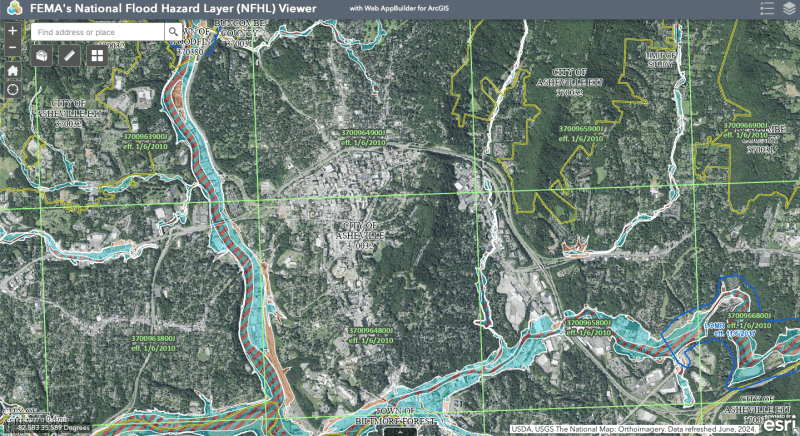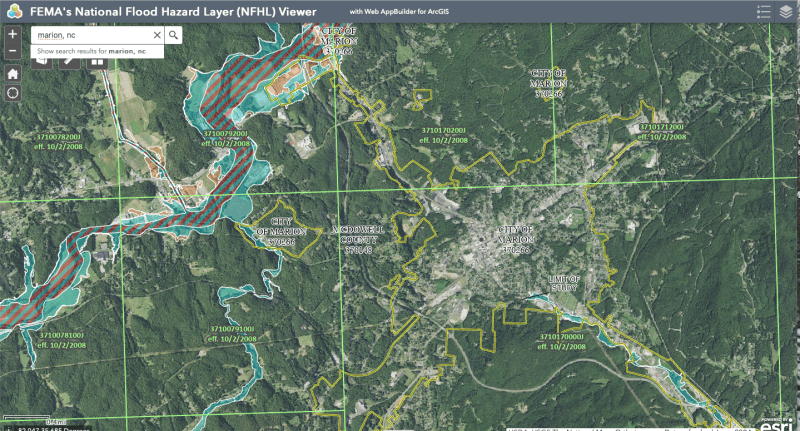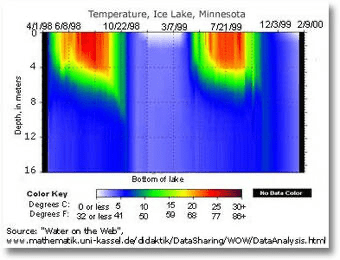Seasonal changes in lakes and reservoirs
Temperature is also important in lakes and reservoirs. It is related to the dissolved-oxygen concentration in water, which is very important to all aquatic life. Many lakes experience a "turning" of its water layers when the seasons change. In summer, the top of the lake becomes warmer than the lower layers. You've probably noticed this when swimming in a lake in summer - your shoulders feel like they're in a warm bath while your feet are chilled. Since warm water is less dense that colder water, it stays on top of the lake surface. But, in winter some lake surfaces can get very cold. [highlight #FCE94F]When this happens, the surface water becomes more dense than the deeper water with a more constant year-round temperature (which is now warmer than the surface)[/highlight], and the lake "turns", when the colder surface water sinks to the lake bottom.
The way that temperatures vary in lakes over seasons depends on where they are located. In warm climates the surface may never get so cold as to cause the lake "to turn." But, in climates that have a cold winter, temperature stratifications and turning do occur. [highlight #FCE94F]This chart is an illustration of temperatures profiles for a lake in Minnesota, USA (where it gets really cold during winter)[/highlight]. [highlight #FCE94F]You can see that in May the surface starts to warm (green color), but the warming only goes down to about 5 meters in depth.[/highlight] Even though the surface continues to warm all summer, the less dense water still stays on top of the lake. [highlight #FCE94F]Even in summer the bottom half of the lake still stays almost as cold as it was in winter.[/highlight][highlight #FCE94F][/highlight] During summer, the less dense warmer water stays on top of the colder water; no mixing of water occurs. Notice in October, as the temperature starts to consistently get down near freezing at night, the surface water cools, becomes a little colder in temperature and a little more dense than the water in the bottom of the lake, and, thus, sinks, causing mixing. The lake " has turned." After October, the temperature throughout the vertical column of water is about the same cold temperature, until the ice is melted and the sun can warm the top of the lake again.





![[ponder] [ponder] [ponder]](/data/assets/smilies/ponder.gif) I've got it. Maybe the packets turn into waves.
I've got it. Maybe the packets turn into waves.![[pipe] [pipe] [pipe]](/data/assets/smilies/pipe.gif)
